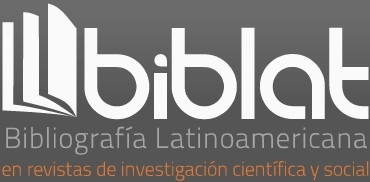What Then is the Sacred?
DOI:
https://doi.org/10.35494/topsem.2009.2.22.213Abstract
The article endeavors to examine the sacred leaving behind the
connotations of use to look for a specific meaning in this word.
Given that since the systematic interest for the study of the
sacred originates from the field of Anthropology, one of the base
texts for the article is Elemental Forms of Religious Life, a book
in which Émile Durkheim establishes that the elemental
structure of all religion is the sacred-profane opposition that can
be observed as much in the totemic system of primitive
Australians as in the most developed forms of religious
institution. If this study unfolds within time, the other text in
which this article is based (Rudolph Otto’s The Idea of the Holy)
concentrates on the description of the primordial trembling in
which the sacred is established. It is an experience of the
tremendum from which the “creature feeling” is born that defines
the religious man as such. This feeling is designated the
numinous by R. Otto and it ranges from mystic delight to the
fear that the word of Yaveh instills. The sacred in this sense has
an intimate relationship with the taboo because each joins the
blessed and the execrable, attraction and repulsion, which did
not escape the attention of Sigmund Freud who in Totem and
Taboo, as well as in his study of The Sinister where he analyzes
this ambivalence from the psychoanalytic perspective. Thus the
sacred includes its own contradiction at the same time and
obliges us to incessantly repeat the question of its manner of
being.
Downloads
Downloads
Published
How to Cite
Issue
Section
License

Tópicos del Seminario is licensed under a Creative Commons Reconocimiento-NoComercial-CompartirIgual 4.0 Internacional License.














